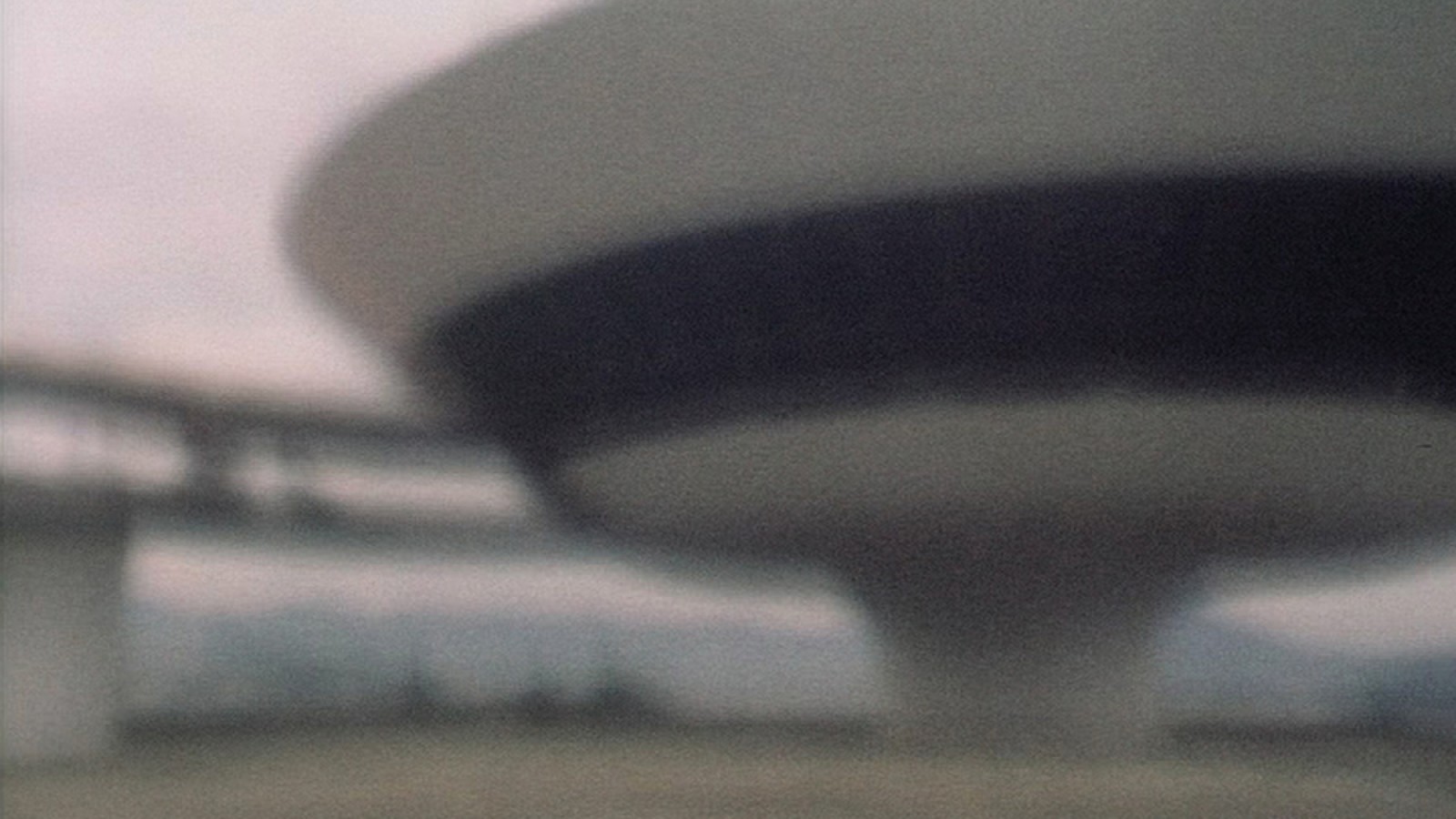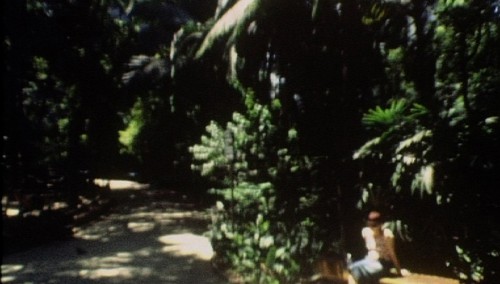Brazil
Spektakuläre Bilder zeigen die futuristische Architektur der brasilianischen Hauptstadt Brasilia von Oscar Niemeyer. Sie wird zum Hintergrund einer Versammlung, deren Zweck jedoch unklar bleibt: Demonstration, Rockkonzert oder gar beides? Schließlich greift die Polizei ein, die Situation scheint aufgeladen, was durch den einsetzenden Hip-Hop von The Roots konterkariert wird. Nach dieser Beobachtung folgen Stimmungsbilder vom Strand in Rio, von Bauarbeitern und spielenden Kindern, Parkszenen und Lichtern der Nacht. Nun singt Frank Sinatra über seine Rückkehr nach „Brazil“ und es wird klar, wie unfassbar und fragmentarisch die Eindrücke eines Landes bleiben müssen, dessen Klischees so omnipräsent sind. (Claudia Slanar)
The footage for Brazil starts in Brasilia, the quintessential modern city built by the architect Oscar Niemayer in the 1950s. The city’s grand buildings represent a high point of modernism, but also of social control. Between these buildings, what could look like a student revolt, but could also be an uncontrolled rock concert audience can be seen. Soon the police enters and the image shifts from color to black and white, creating insecurity as to whether the footage is historical or contemporary. (Frankfurter Kunstverein)
Director's Biography
ANKA SASNAL, born in 1973 in Tarnów in Poland, studied Polish literature and gender studies. As a screenwriter, editor, and filmmaker, she lives in Kraków together with Wilhelm Sasnal, who was also born in Tarnów in 1972 and studied architecture and painting. WILHELM SASNAL attracted international attention as a visual artist with a series of solo and group exhibitions in renowned international galleries and art institutions with paintings, comic books, drawings, photographs, and videos. From the first joint film project onwards, significant characteristics of their artistic collaboration are already visible: the intensive focus on language, texts, and literary models, which they transform into an image language that suits them. An explicit political stance can be noted in their films – thematically Anka and Wilhelm Sasnal circle around the current state of Polish society, rising xenophobia, the relationship of Polish society to the Catholic church, and especially the recent Polish past during the Second World War. A dystopian worldview, although not so much a pessimistic one – as they say themselves – may certainly be attributed to their work, along with an undisguised interest in the “dark” side of human beings. Anka and Wilhelm Sasnal are no strangers to the festival audience in Linz, as they have already been represented in the festival program twice in the past. In 2012, they won the main prize with It Looks Pretty from a Distance, which premiered in Rotterdam, and then returned with Parasite in 2014.
// Films at CROSSING EUROPE Film Festival 2017
// Co-directed films: Słońce, to słońce mnie oślepiło (The Sun, the Sun Blinded Me, 2016), Huba (Parasite, 2014; CE’14), Aleksander (2013, doc), Z daleka widok jest piękny (It Looks Pretty from a Distance, 2011; CE’12), Świniopas (Swineherd, 2008) // Films by Wilhelm Sasnal: Afternoon of a Faun (2015, short), Columbus (2014, short), Inhuman Hunger (2014, short), Kacper (2010, short), Europa (2007, short), Brazil (2005, short), Marfa (2005, short)
// Films at CROSSING EUROPE Film Festival 2017
// Co-directed films: Słońce, to słońce mnie oślepiło (The Sun, the Sun Blinded Me, 2016), Huba (Parasite, 2014; CE’14), Aleksander (2013, doc), Z daleka widok jest piękny (It Looks Pretty from a Distance, 2011; CE’12), Świniopas (Swineherd, 2008) // Films by Wilhelm Sasnal: Afternoon of a Faun (2015, short), Columbus (2014, short), Inhuman Hunger (2014, short), Kacper (2010, short), Europa (2007, short), Brazil (2005, short), Marfa (2005, short)
Tribute 2017
Wilhelm Sasnal
Polen 2005
color
20 Minuten
OmeU
Drehbuch Wilhelm Sasnal
Kamera Wilhelm Sasnal
Schnitt Wilhelm Sasnal
Premierenstatus / Premiere
Status Austrian Premiere
Gemeinsam mit / Together with
MARFA
EUROPA
Status Austrian Premiere
Gemeinsam mit / Together with
MARFA
EUROPA




